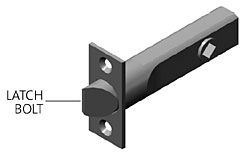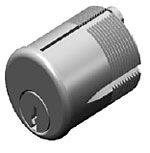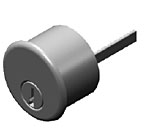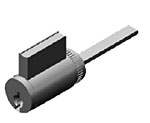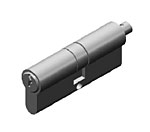Selecting High-End Hardware for Residential, Commercial, and Hospitality Locations
Structural interlayers add protection against hurricane and blast forces
This course is no longer active
Advertorial course provided by Rocky Mountain Hardware
MULTI-POINT LOCK MECHANISMS
Mechanisms that latch the door at several points along the
length of the door instead of a single point in close proximity
to the handle. Multi-point locks are provided with the French
doors made by most of the major window manufacturers. Due
to the variety of multi-point sets available, it is recommended
that a copy of the existing lock trim or a factory drawing
be available so the trim can be machined correctly to match
the lock in the door.
|
CYLINDERS are the portion of a lock where the key is inserted to lock or unlock the set. There are several different kinds common to entry sets:
|
|
|
|
Originally published in Architectural Record.
Originally published in December 2005





